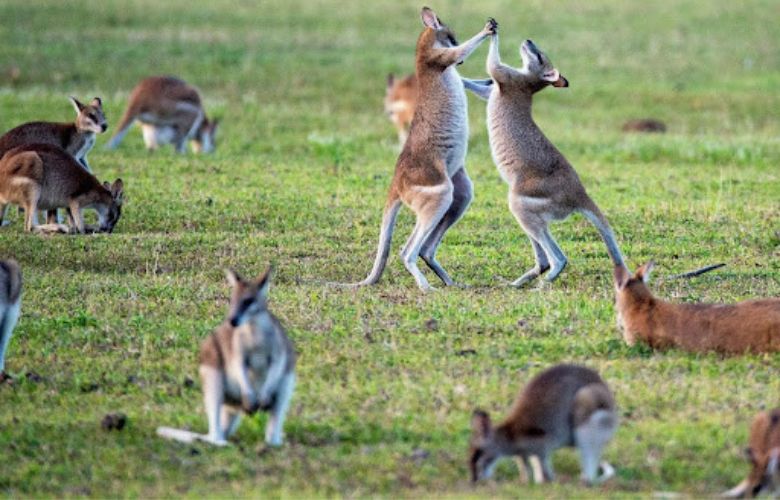Kakadu National Park, Northern Territory: Yellow Water
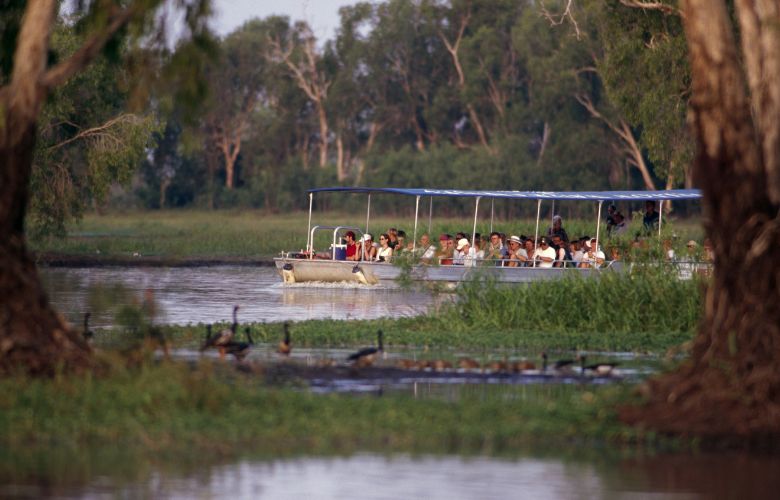
Immerse yourself in the awe-inspiring bird and wildlife encounters at Yellow Water, nestled within the remarkable Kakadu National Park. Prepare to be amazed by the sheer variety of avian species, with more than 280 mesmerizing birds calling this place home. Witness the comb-crested Jacana, commonly known as the “Jesus Bird,” due to its remarkable ability to tread on water while foraging for insectivorous delicacies. Marvel at the sight of white-bellied sea eagles skillfully hunting barramundi while the majestic jabiru gracefully navigates the lagoons in search of file snakes.
The reptilian realm presents an opportunity to photograph saltwater crocodiles from the safety of a boat and encounter iconic species like the frill-necked lizard and an assortment of lizards and geckos. Mammal enthusiasts can spot the dingo, northern quolls, agile and short-eared rock wallabies, and bandicoots. Yellow Water, approximately 300 kilometers from Darwin, the capital of the Northern Territory, is accessible by car or bus.
Lamington National Park, Queensland
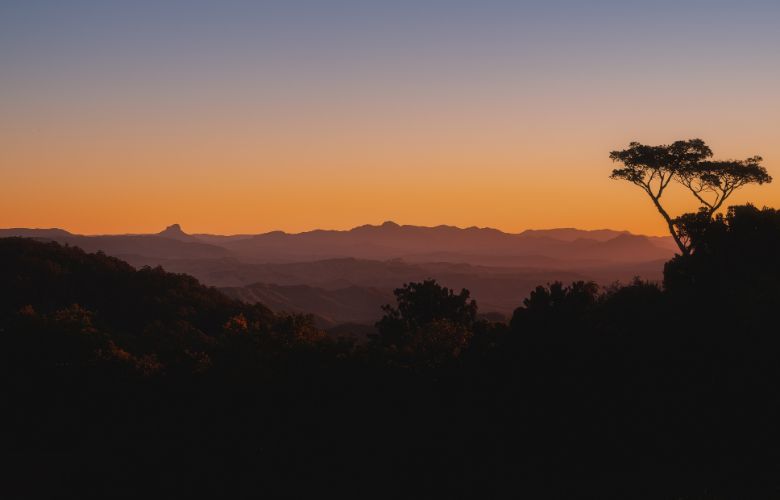
Located a scenic two-hour drive from Brisbane or a one-hour fifteen-minute drive from the Gold Coast, Lamington National Park has earned its rightful place on the prestigious World Heritage list. This park boasts an extraordinary variety of habitats, including subtropical rainforests, ancient Antarctic beech forests, and sclerophyll and eucalyptus forests, fostering an incredible diversity of wildlife.
Birds are accustomed to visitors and offer ample opportunities for close-range photography. Look out for rare species such as Albert’s lyrebird, regent and satin bowerbirds, noisy pitta, and eastern spinebill among the 245 bird species that grace Lamington National Park. Encounter delightful macropods like the red-necked pademelon, often found in visitor areas, and keep an eye out for the nocturnal brush-tailed and ring-tailed possums. Lamington National Park’s well-maintained walking tracks make it a photographer-friendly destination, allowing easy navigation while observing the animals.
Girraween National Park, Queensland
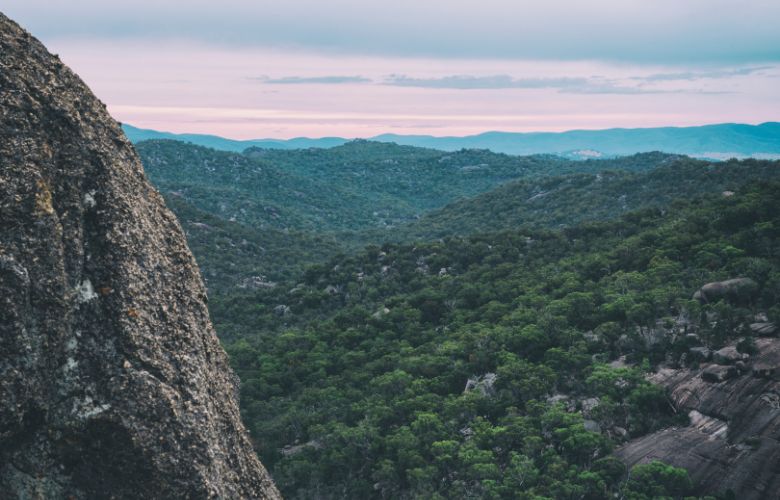
Embark on a journey to Girraween National Park, a beautiful granite country four hours from Brisbane. This unique habitat provides a haven for an abundance of wildlife species. Keep your camera at the ready to capture the elusive spotted-tailed quoll, various wallabies and kangaroos, the vibrant turquoise parrot, striated pardalote, scarlet robin, and a host of fascinating reptiles like the striking lace monitor. The park’s remote location ensures a serene environment, perfect for photographers seeking to escape the crowds. Well-signposted walking tracks facilitate exploration, allowing you to traverse the park and capture the essence of its rich biodiversity.
Kangaroo Island, South Australia
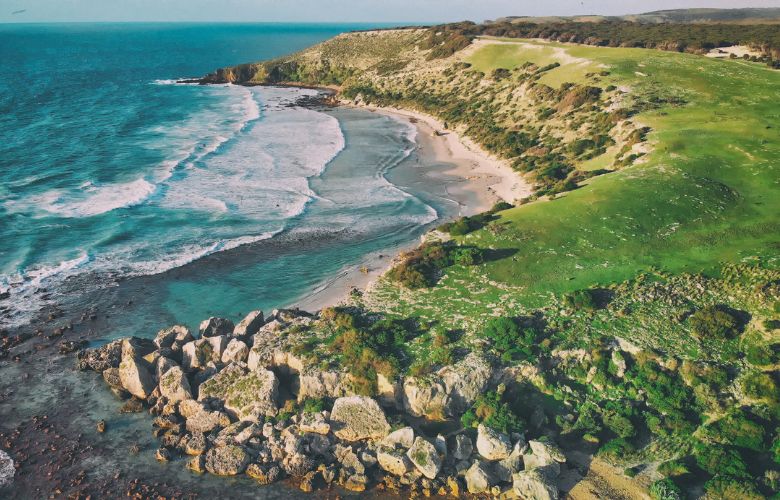
For an unforgettable wildlife photography experience, venture to Kangaroo Island, Australia’s second-largest island. Reachable by a flight from Adelaide to the main town of Kingscote or via a bus/ferry/bus combination, Kangaroo Island offers an abundance of wildlife photography opportunities. Despite the unfortunate bushfires in 2019, the island still presents numerous locations where you can witness and capture the wonders of nature.
Bird enthusiasts will delight in the diverse bird species, including scarlet honeyeaters, barren cape geese, and birds of prey scattered throughout the island. Keep your eyes peeled for the rare glossy black cockatoo, which feeds exclusively on the nuts of casuarina trees. You can locate these magnificent birds by listening to the distinctive crunching sounds in the trees. Another local gem is the gorgeous gang cockatoo, a sight worth seeking.
Kangaroo Island is renowned for its iconic wildlife species, including koalas, echidnas, and Australasian sea lions. Koalas can be easily spotted dozing or munching on eucalyptus leaves, often at a low height in the canopy, allowing for fantastic photo opportunities. If you’re fortunate, you may encounter a mother koala carrying her baby on her back or belly.
Echidnas, fascinating egg-laying mammals (monotremes), can be observed foraging on the grassy flats across Kangaroo Island. Approach them slowly as they curl into a defensive ball upon sensing your presence.
The most celebrated wildlife species on Kangaroo Island is the Australasian sea lion. These sea lions are entirely protected, and you can visit them at Seal Bay by booking a ranger-guided tour lasting approximately 45 minutes. The sea lions often approach visitors, including the irresistibly cute pups, who are naturally curious. For captivating photographs, squat down slowly to achieve eye-level perspectives rather than looking down from above.
Lord Howe Island
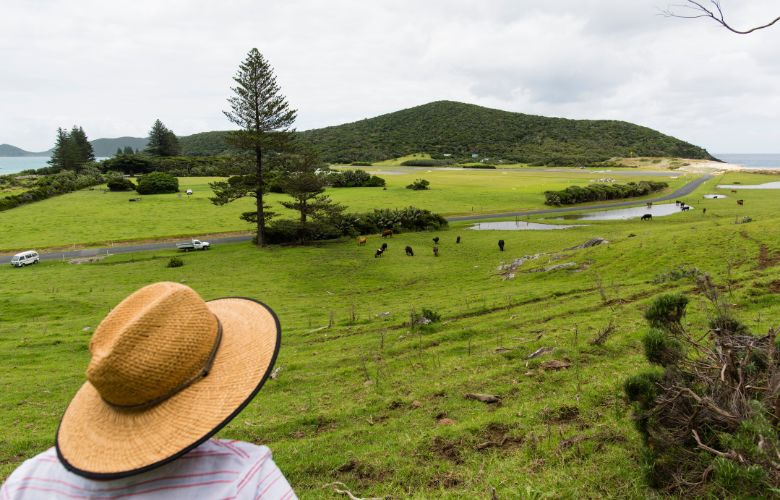
Bird enthusiasts will be treated to abundant avian wonders on Lord Howe Island. Witness the graceful white terns hovering near the island’s pier, providing ample opportunities for capturing them in flight. During spring, thousands of sooty terns nest on the beach, with countless birds tending to their eggs or caring for fluffy chicks.
The island’s most renowned avian inhabitant is the Lord Howe Island woodhen, found exclusively on this island. Once on the brink of extinction with 30 individuals remaining, concerted conservation efforts have increased their numbers to an estimated 300+. These remarkable birds can often be seen foraging around the island and are accustomed to human presence.
Cradle Mountain, Tasmania
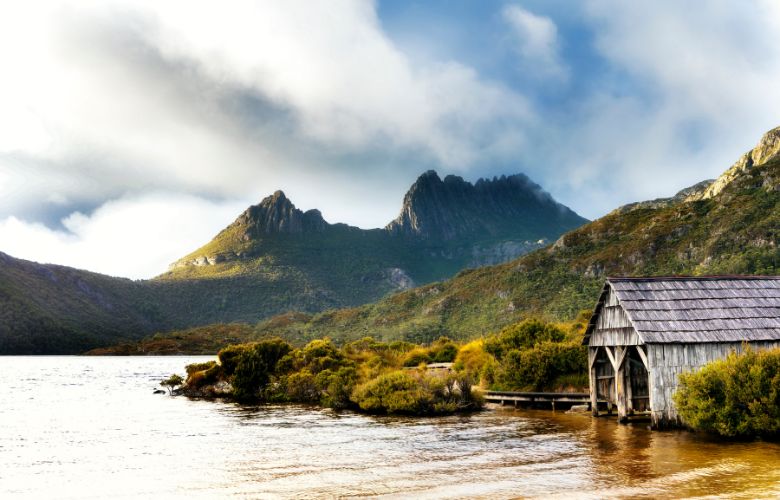
Located on the western side of Tasmania, Australia’s “island state,” Cradle Mountain offers a mesmerizing natural wonderland for wildlife photography. Accessible by plane or ferry from Victoria, Tasmania boasts an array of captivating species.
The common wombat is one of Cradle Mountain’s more commonly encountered wildlife species. These giant marsupials can be observed feeding in open fields and near guesthouses, especially around sunset. Approach them slowly, and you may be surprised at the proximity you can achieve with these comical creatures. Ronny Creek is an excellent location for observing and photographing wombats, featuring a flat boardwalk that allows for easy exploration with your camera.
Bennett’s wallabies also grace Cradle Mountain, although they are typically skittish and shy. You can capture some impressive images with a slow and quiet approach, allowing them to acclimate to your presence.
You may encounter the elusive spotted-tailed quoll or tiger cat on fortunate occasions. These nocturnal creatures roam the forest’s edges at dusk and during the night.

